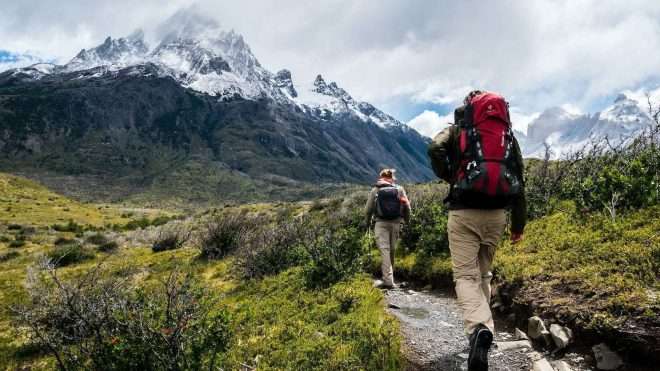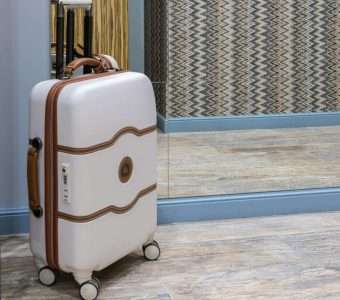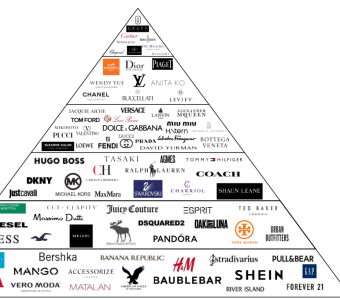Patagonia isn’t a sustainable brand. At least, that’s the message they want to get across.
Despite all of the incredible ways that the brand actively reduces its environmental impact, it announced during COP26 that it no longer wants to call itself a “sustainable brand.”
It’s Patagonia’s way of taking accountability for any negative impact that it has on the environment — even if, compared to most, that negative impact is considerably smaller.
However, Patagonia remains one of the leaders in sustainable fashion. They’ve laid the foundations for many other so-called “sustainable” brands and continue to be a benchmark for sustainability within the industry.
As of February 2022, Patagonia was rated as “Good” on the ethical brand rating website good on you. Since then, they’ve done even more to earn a “Great” rating, so be sure to keep your eyes peeled for any updates.
We’ve pulled together a list of all the admirable things that Patagonia has done over the years to make the world a better place.
Sit back, relax, and get ready to read some feel-good eco-positive news!
1. The founder gave away the company to fight against climate change
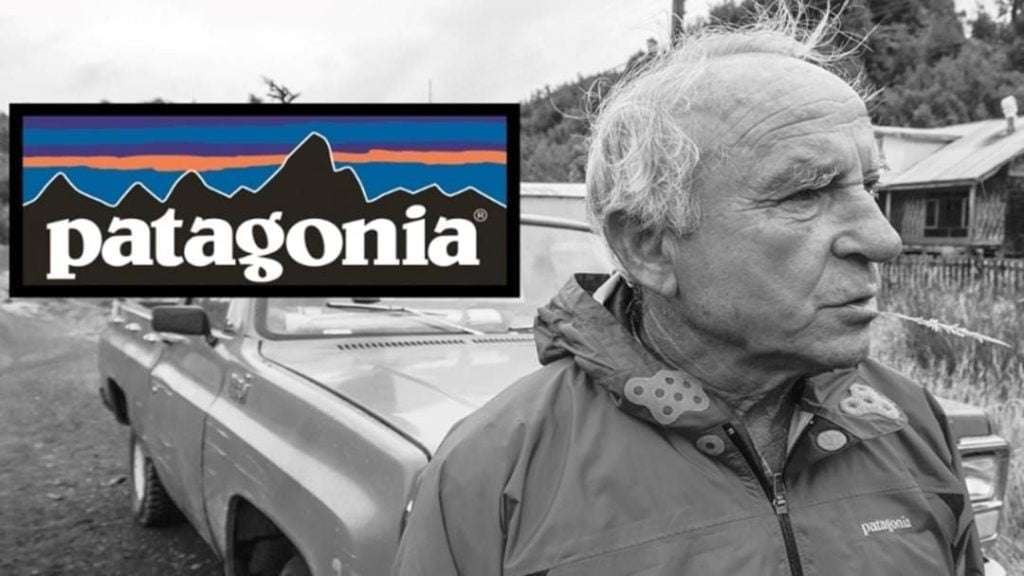
That’s right, your eyes don’t deceive you. The billionaire founder of Patagonia, Yvon Chouinard, gave away the entire company to charitable trusts.
He made this announcement through an open, handwritten letter that he shared on his website, titled “Earth is now our only shareholder.”
It’s estimated that from this move, Patagonia will put around $100 million each year toward sustainability and environmental initiatives.
Bravo Mr Chouinard, bravo.
2. It all started with climbing tools that don't damage the landscape
Yvon himself said that he never wanted to be a businessman, he just had a love of rock climbing.
One day while he was climbing, he noticed that the tools were severely damaging the rocks. Most people would probably just shrug it off, but he wanted to do something about it.
So, he taught himself how to make climbing tools and created an aluminum alternative that wouldn’t leave a mark.
3. They have a self-imposed “Earth tax” of 1%

Every year since 1985, Patagonia has pledged 1% of its sales towards the preservation and restoration of the environment.
Yvon teamed up with Craig Matthews — owner of Blue Ribbon Flies — to form a non-profit called 1% for the Planet, that encourages other businesses to do the same.
All in all this initiative has seen around $100 million in cash and in-kind donations go to grassroots groups.
4. They donated their tax cuts to combating climate change
Back in 2018, President Trump cut corporation tax from 35% to 21%. As a result, Patagonia would’ve received an extra $10 million in profits.
The company’s CEO, Rose Marcario, chose to donate the difference towards causes that are helping the planet.
5. They ran the Black Friday “Don’t Buy This Jacket" campaign to discourage overconsumption
When most fashion or apparel brands were slashing their prices to shift as much stock as possible during the Black Friday sales, Patagonia did the exact opposite.
They wanted to promote the idea of mindful consumption, by telling people to think twice before buying new.
Patagonia then directed people to take the Common Threads Initiative pledge, which states that both the brand and the customer will reduce, repair, reuse, recycle, and reimagine.
6. Their "Worn Wear" program lets you trade in old clothes & buy second-hand

Part of Patagonia’s consistent messaging is that in order to look after our planet, we need to keep our stuff in use for longer.
As an alternative to buying their products new, Patagonia gives you the option to purchase second-hand through Worn Wear — an initiative that encourages you to “wear it, repair it, and care for it.”
When the product is no longer needed, customers can trade it in for credit to buy something else. Patagonia will then make sure that your traded item is in good condition to be resold second-hand.
This creates a circular system of fashion that not only reduces the need for buying new but also helps to keep clothes out of landfill.
It’s a win for the brand, a win for the customer, and a win for the planet!
7. They offer repairs on their items
As much as they’ll try to make an item that truly lasts, life will always get in the way. No piece of clothing is indestructible and it may need some mending every now and then.
Patagonia offers educational materials on their website on how to make clothing repairs at home — an art that has seemingly been lost over the years.
But if you can’t make the repairs yourself, you can request a repair from the brand.
If it’s beyond repair, you can choose to have it sent back to you, or they’ll recycle it on your behalf.
8. They help fund grassroots climate change activists
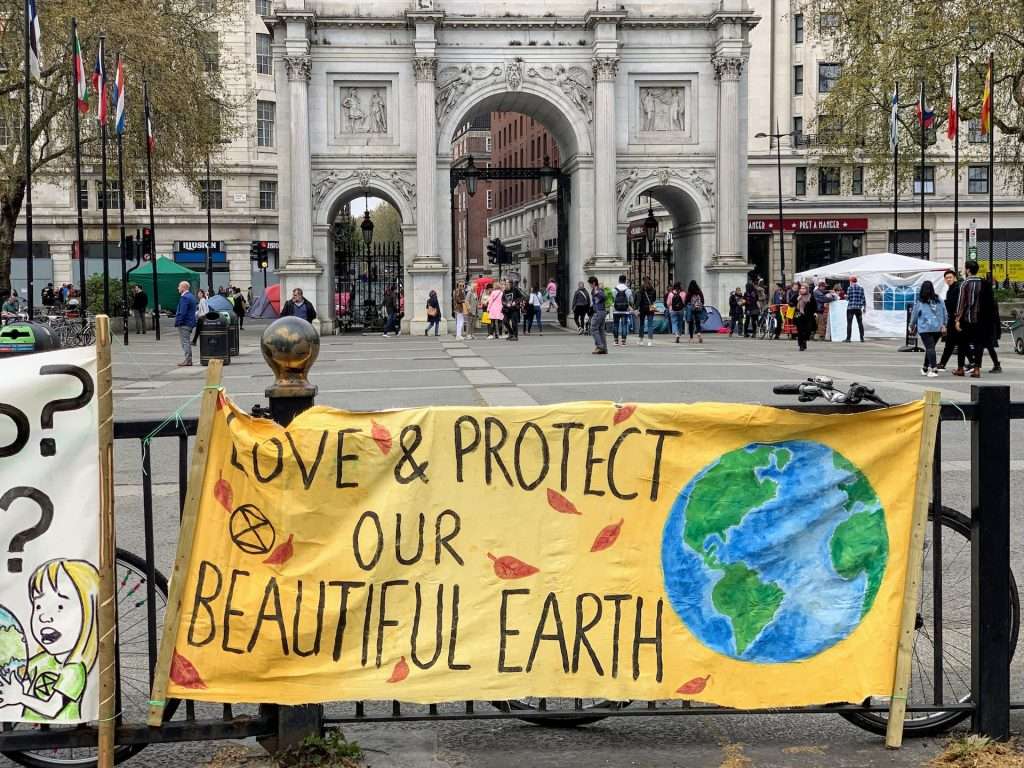
The brand has a program called Patagonia Action Works, which helps to enable and support climate activists.
Yvon Chouinard describes Patagonia Action Works as a sort of dating site that connects people to activist groups who are campaigning for similar environmental issues.
Activists can find out about local events, sign petitions, volunteer with organizations, and donate to local causes.
9. They pay their workers fairly
One of the main topics within fashion sustainability is that if you’re not paying your workers a fair wage, then you are not a sustainable brand.
Patagonia themselves admit that apparel workers are some of the lowest-paid workers globally, with unsafe working conditions, and long hours.
However, they do have several programs in an effort to combat the poor treatment of garment workers around the world, including:
+Fair Trade Program
+Fair Labor Association
+Regenerative Organic +Certified Programs
+Migrant Workers Programs
+Living Wage Program
Good on you have rewarded them a “Good” rating for their efforts in worker conditions.
10. They’ll be carbon neutral by 2025
Around 95% of Patagonia’s carbon emissions come from its supply chain, which includes everything from the crops grown for the materials to make their products, to shipping them to a customer’s home.
In their journey to become carbon neutral, they’re switching over to 100% renewable energy sources — primarily solar and wind power.
Looking more specifically at the products, they’re working on developing low-emission dyeing techniques, as well as biobased and biodegradable materials. They already use lots of recycled materials in their clothes, but they’re aiming to reach 69% recycled materials in all of their products.
